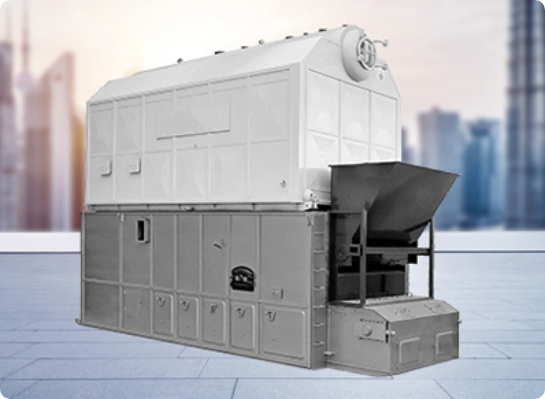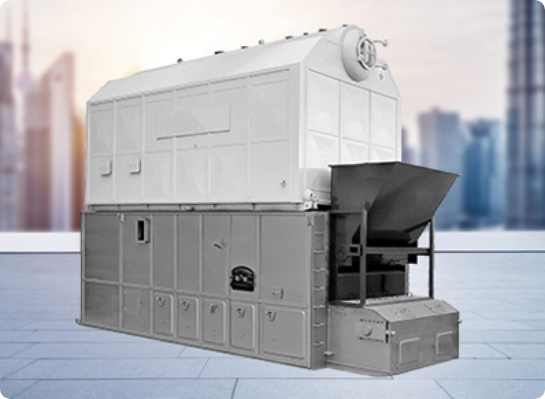Boilers Play A Vital Role In Industrial Production. It Provides The Necessary Thermal Energy For Many Industrial Processes, And Is The Basis For The Smooth Running Of Many Production Processes. However, In The Face Of Thermal Oil Boilers And Steam Boilers, Two Common Types Of Industrial Boilers, Companies Often Need To Carefully Consider And Compare, In Order To Make The Most Suitable Choice For Their Production Needs. In This Paper, We Will Conduct A Comprehensive And In-Depth Comparison Of Thermal Oil Boilers And Steam Boilers To Provide Decision-Making Reference


Definition Of Thermal Oil Boiler
A Heat Transfer Oil Boiler Is A Device That Passes Through A Heat Exchange Body In Which A Heat Stream Circulates And Absorbs Energy In The Form Of Heat. This Energy Is Derived From The Combustion Of A Variety Of Energy Sources Such As Biomass, Natural Gas, Light Oil Or Fuels Derived From Waste. A Thermal Oil Boiler Works By Heating The Thermal Oil And Subsequently Pumping The Heated Thermal Oil To The Parts That Need To Be Heated. At These Sites, The Heat Transfer Oil Releases Heat, Which Is Then Returned To The Boiler. In This Way, The Transfer Of Heat Is Realized In A Closed Circuit.
Comparison Of Safety Performance
Steam Boiler Pressure Issues
In Most Industrial Processes, Steam Systems Must Operate At Extremely High Pressures If The High Temperatures Required Are To Be Achieved Through The Steam System. For Example, Saturated Steam Systems Can Reach Pressures As High As Approximately 1,600 Psi At Temperatures Up To 600° F. Even At Temperatures Up To 400° F, Pressures Remain High At Approximately 235 Psi. Such High Pressures Increase The Safety Risks Associated With The Operation Of Steam Systems.
The Low Pressure Advantage Of Thermal Oil Boilers
In Contrast, Most Thermal Oil Systems Are Connected To The Atmosphere. The Discharge Pressure Of The Pump Needs Only To Be Sufficient To Overcome The Frictional Resistance Of The Piping And Components While Maintaining A Turbulent Flow Of Fluid. Even At The Maximum Operating Temperature Of 600°F, The Vapor Pressure Of The Thermal Fluid Is Only A Fraction Of Atmospheric Pressure. This Low-Pressure Operation Gives Thermal Oil Boilers A Significant Safety Advantage.
Limitations Of Temperature Control For Steam Boilers
Steam Systems Rely Heavily On Controlling Pressure To Achieve Temperature Control. However, This Type Of Temperature Control, Which Relies On A Delicate Pressure Balance, Is Accurate Only Up To A Fluctuating Range Of About ±10°F. Even Worse, As The System Is Used Over Time, Problems Such As Equipment Corrosion Can Gradually Affect The Stability Of The Pressure Control, Resulting In A Loss Of Temperature Control Accuracy. In Addition, Heating Uniformity Of The Steam System Can Be Problematic Due To Different Rates Of Steam Condensation And Condensate Discharge At The Heat User, And Negative Factors Such As Corrosion And Scaling Of Metal Surfaces Are Not Yet Taken Into Account.






















